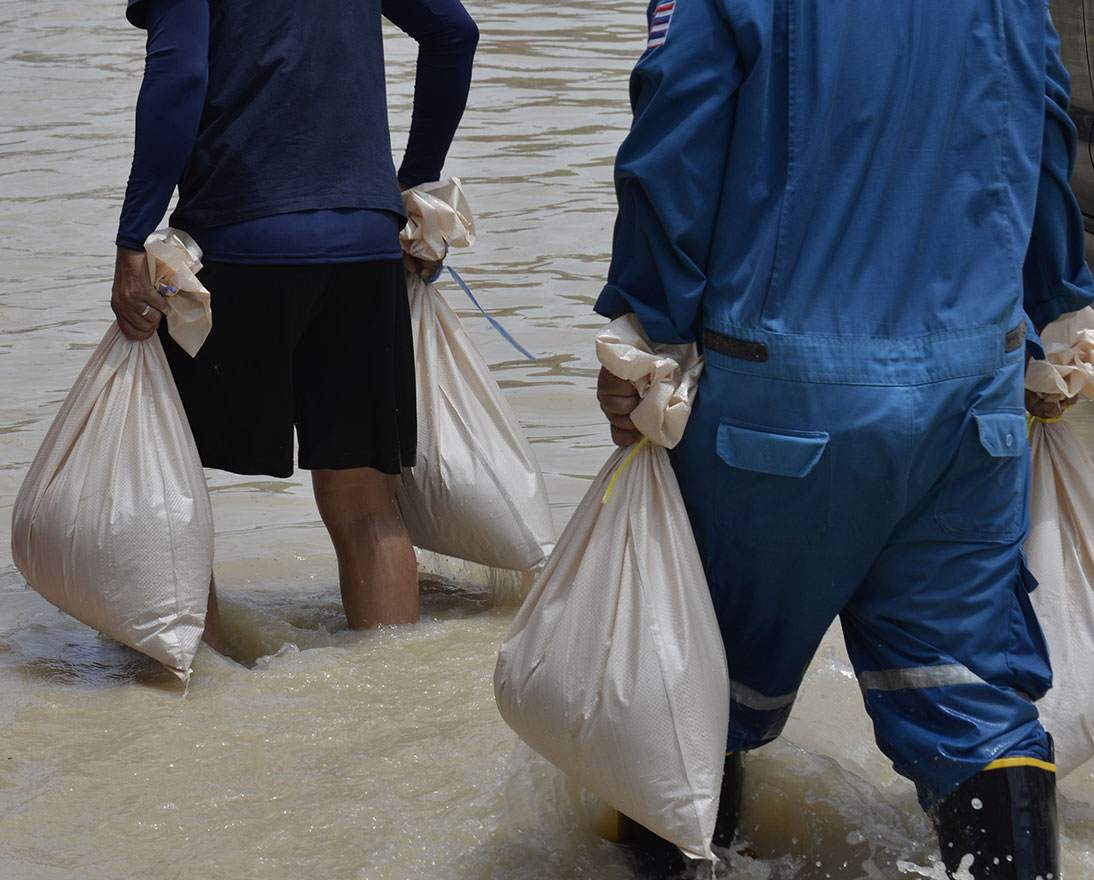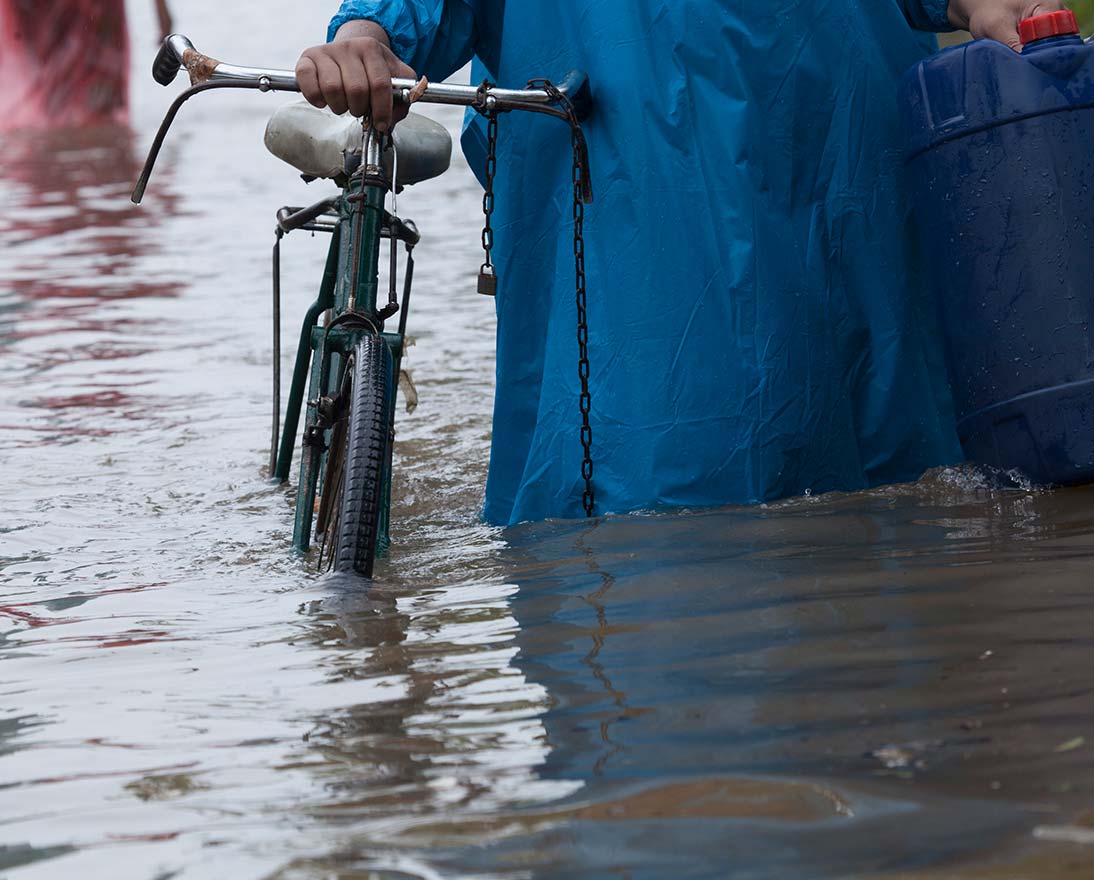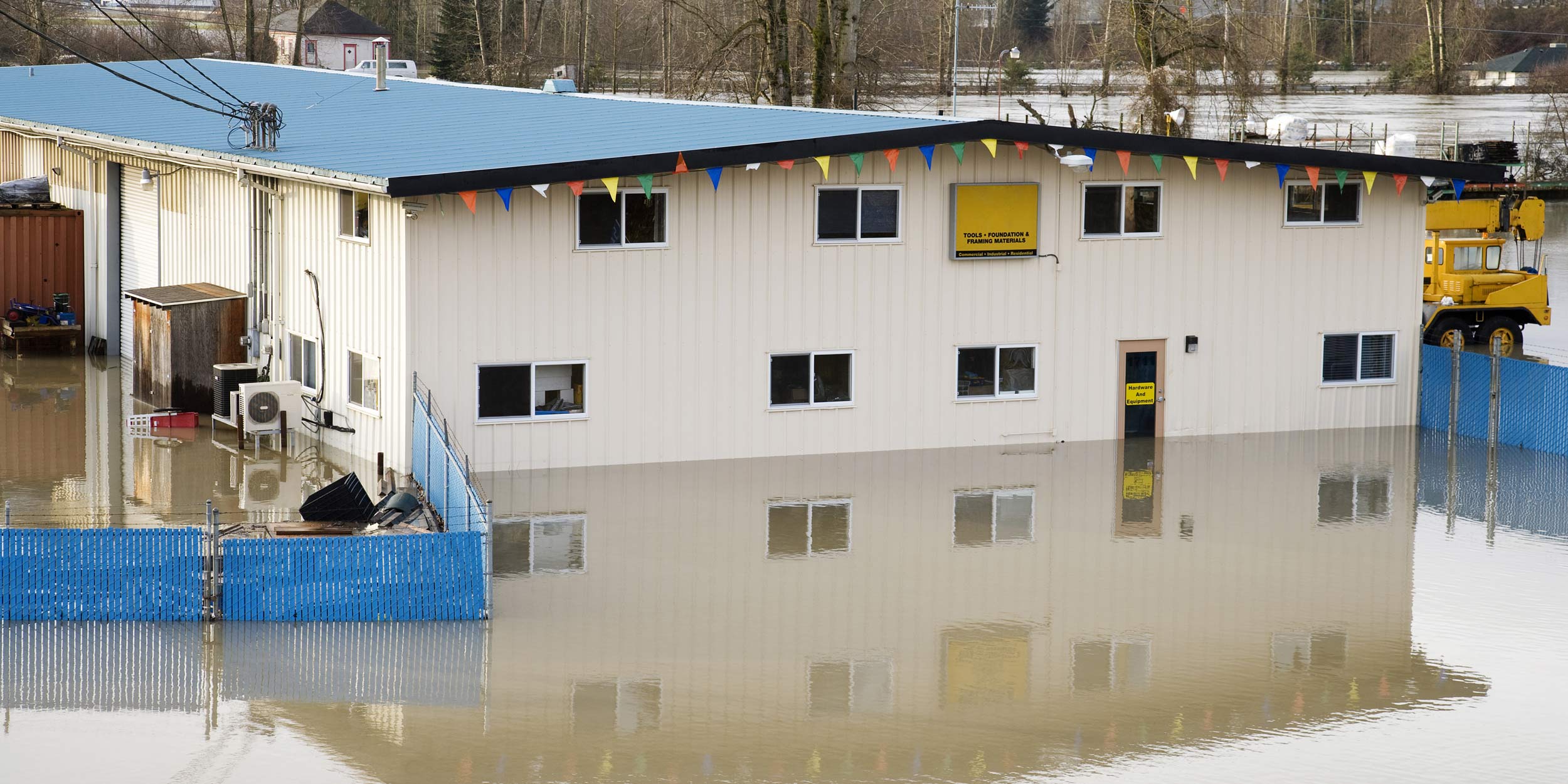This year’s extreme weather season exposes businesses to a storm of global risks
Natural hazardsArticleJune 22, 20207 min read
COVID-19’s impact on this year’s extreme weather season is testimony to the fact that global risks are interconnected in their nature
From hurricanes to heatwaves, the month of June traditionally kicks off a global season of extreme weather. But the global fallout from the COVID-19 pandemic will mean there will be nothing traditional about this year’s extreme weather season.
Unlike the COVID-19 crisis, the annual arrival of this seasoned global risk will come as no surprise. However, the World Meteorological Organization warns that the severity of extreme weather events has increased in recent years, with the past five years being the hottest on record.
“If you take tropical cyclones for example, the observed data and the climate models tell us that the frequency isn’t likely to change significantly. But what we have witnessed recently and expect more of in the future, is a significantly higher proportion of more intense category four and five tropical cyclones.” says John Scott, Head of Sustainability Risk for Zurich Insurance Group.
“Global risks are characterized by their interdependencies, and this is exactly what we're seeing at the moment.”
While businesses grapple with a heightened season of extreme weather, the world is already dealing with the biggest healthcare crisis of a generation and a global economic downturn. The COVID-19 outbreak has underlined the interconnected nature of global risks that can occur whatever the weather. “Global risks are characterized by their interdependencies, and this is exactly what we're seeing at the moment.” says Scott.
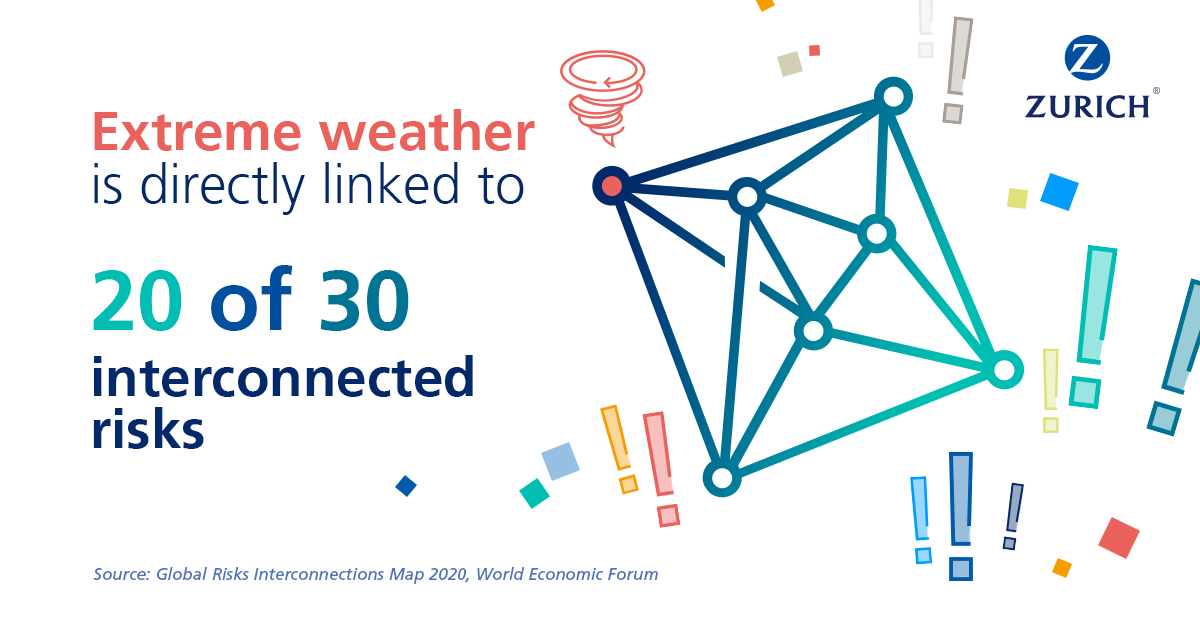
With critical infrastructure already compromised by COVID-19, 2020’s extreme weather season will be like no other: “Medical services and first responders are currently geared towards handling the COVID-19 crisis,” explains Dr. Amar Rahman, Risk Engineering Global Practice Leader, Zurich Insurance Group. “If there were even a small number of casualties arising from an extreme weather event, that would place a disproportionate strain on existing infrastructure and support systems because of the ongoing situation.”
The risk of a pandemic failed to make the top ten global risks in either likelihood or impact in the Global Risks Report’s risk perception survey of business leaders conducted just prior to the COVID-19 outbreak. “There was an incomplete understanding of the interconnectedness of risks such as the reliability of food chains and cyber risks when a pandemic occurs. Now we're experiencing all of them.” says Rahman.
“One important lesson the current crisis has shown us is that businesses must be very aware of the low probability, potentially high impact events. Don't discount them, just because they're low probability. Develop a risk management scenario around these low probability, high impact events, with the same rigor that you would for high frequency, low impact events.”
The World Economic Forum’s (WEF) Global Risks Report produced in collaboration with Zurich Insurance Group, which was published in January 2020, reveals that “economic confrontations between major powers” was the most concerning risk for the WEF’s multistakeholder community in the year ahead. There is an argument that the COVID-19 crisis has re-ordered those concerns, as outlined in the WEF COVID-19 Risks Outlook: A Preliminary Mapping and its Implications report, published on 19th May 2020. Economic risks are still the most likely and concerning fallout of COVID-19, in particular the risk of a prolonged recession of the global economy, but there are also far-reaching economic, environmental and societal implications. These include high structural unemployment, increased income, health and social inequalities and a lack of societal cohesion, all of which threaten the resilience of society to other risks such as preparedness for extreme weather.
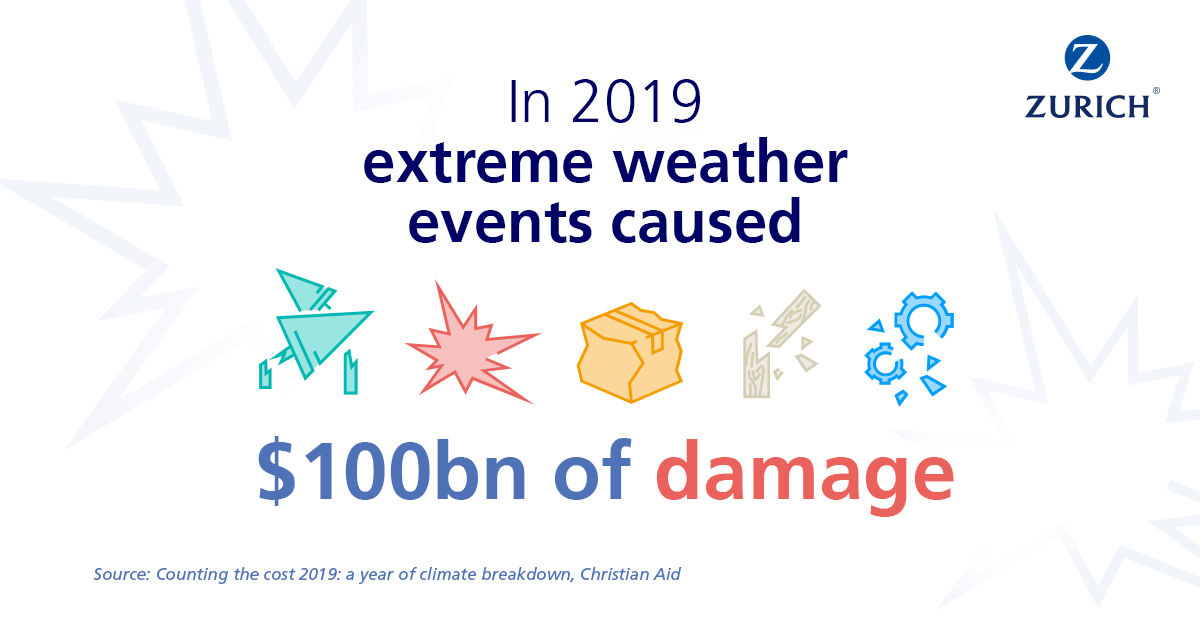
“When we look at global risks, there are many that are existential.” says Scott. “They all require mitigation, and in the case of COVID-19 although there was awareness of the potential impacts of a virulent pandemic, there were sadly insufficient efforts put into pandemic preparedness; a point highlighted by Dr Richard Hatchett, CEO of the Coalition for Epidemic Preparedness Innovation (CEPI) in an article ‘Faster, more agile vaccine tech needed to fight tomorrow’s epidemics’ published in October 2019. On top of that, in a world of ‘my nation first’ nationalist and populist voices, there has been very little support for the multilateral organizations that can help mitigate these global risks.” points out Scott.
“What this crisis has shown us is that we have to be more agile and learn to adapt to the situation whatever the trigger.”
That lack of preparedness is something businesses must avoid at all costs when dealing with extreme weather. A robust risk management strategy calls for businesses to diligently develop a detailed knowledge of an organization’s operations, identifying their most critical parts and locations. With every country and region struggling with their own challenges from the COVID-19 pandemic, the next step is to develop a more granular set of plans at each location.
“Once you identify the critical parts of your operations, you should stress test them to whatever the disrupting trigger may be.” says Rahman. “Use internal and external expertise to develop a strategy around every scenario. What this crisis has shown us is that we have to be more agile and learn to adapt to the situation whatever the trigger is.”
In those preparatory stages it’s vital that a response plan is developed based on all potential scenarios, that could potentially impact the location. The key personnel who form an Emergency Response Team should undergo regular training and be clear as to their roles and responsibilities well in advance of a potential event. When an event is imminent, where even the probability of impact is low, commence maintenance-related issues and a visual inspection of protection systems such as flood protection and anchorage of equipment as early as possible. Less personnel onsite means that safe shut down procedures may take longer, so should be triggered earlier during the evolution of the natural hazard event. With supply chains already severely disrupted by the pandemic, be aware that the resources needed for recovery may be harder to procure.
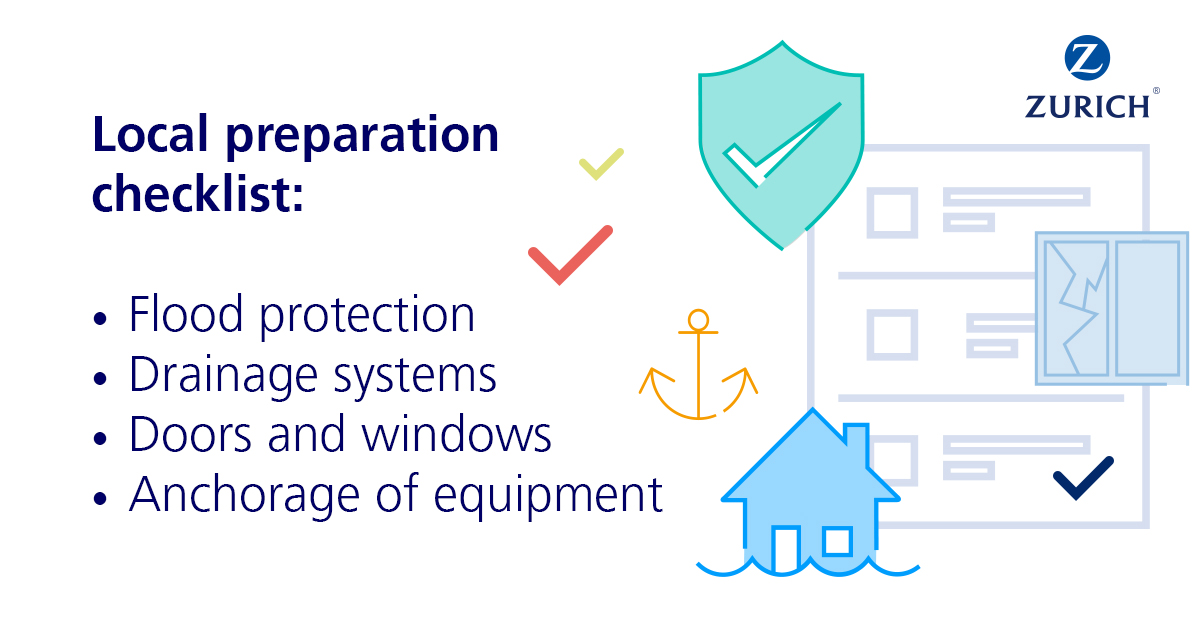
The COVID-19 pandemic has highlighted the importance of clear and consistent communication in a crisis. During an extreme weather event, while it’s important to communicate with those parties potentially impacted by the loss, it’s also important to reduce any superfluous communication, such as the need to report updates to the Board. This is a distraction to site management, who need to focus and respond to potentially rapid changes in the situation.
Just as lessons will be learned from COVID-19, businesses must learn from every season of extreme weather and incorporate that feedback into their risk management strategy.
“Prior to the crisis we rated some events as low risk or low probability. Now we should all probably revise our assessment of the potential impact of these low magnitude events on our organizations, based on the lessons learned from the current pandemic.” says Rahman.
Come rain or come shine, the world will always face a risk landscape of interconnected global risks; preparing for them is the key to resilience. “Human beings are nothing if not resilient in the face of disaster.” concludes Scott. “I think people will have the capacity to respond to extreme weather. The challenge will be seeing more broadly beyond the immediate, and planning for the future.”
Key Takeaways:
- COVID-19’s impact on this year’s extreme weather season underlines the interconnected nature of global risks
- Businesses must prepare for low probability, high impact events, with the same rigor that they would for high frequency, low impact events
- Businesses must learn from every season of extreme weather and update their risk management strategy accordingly

